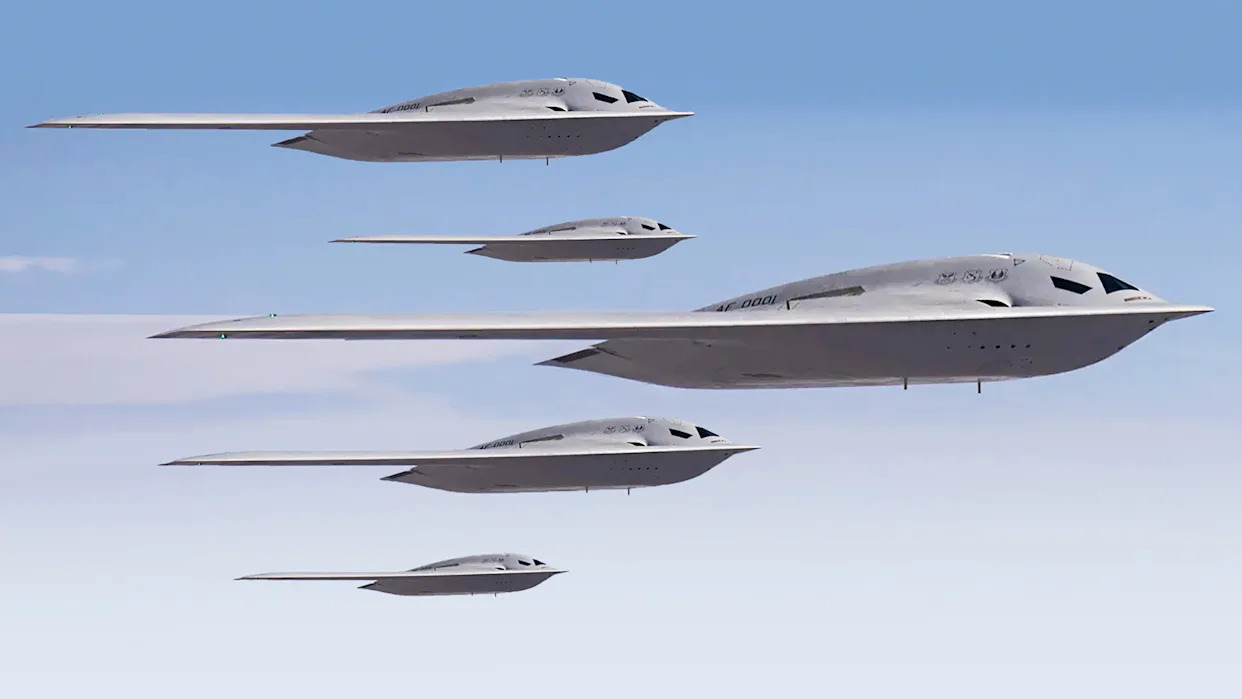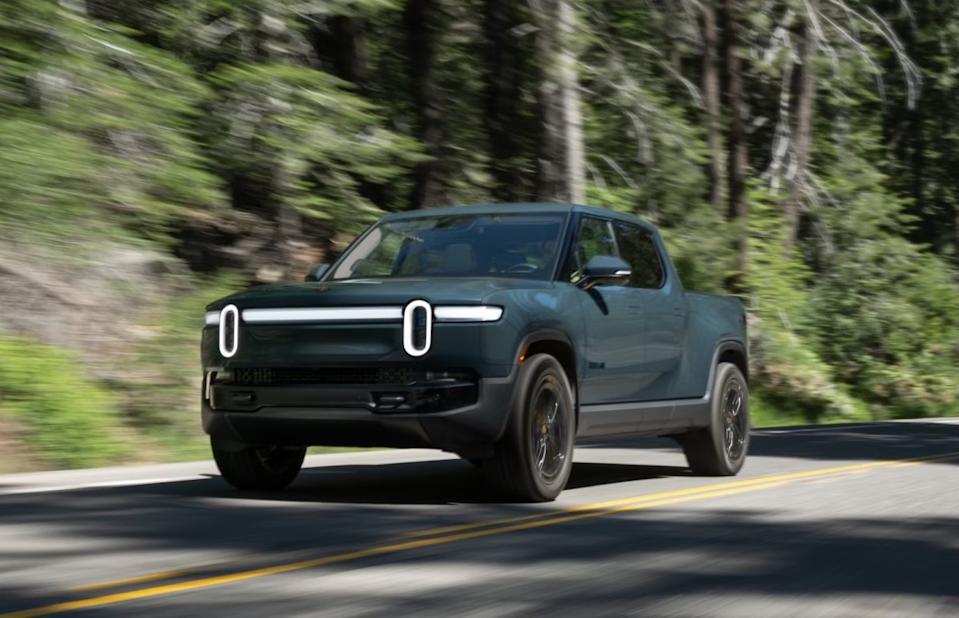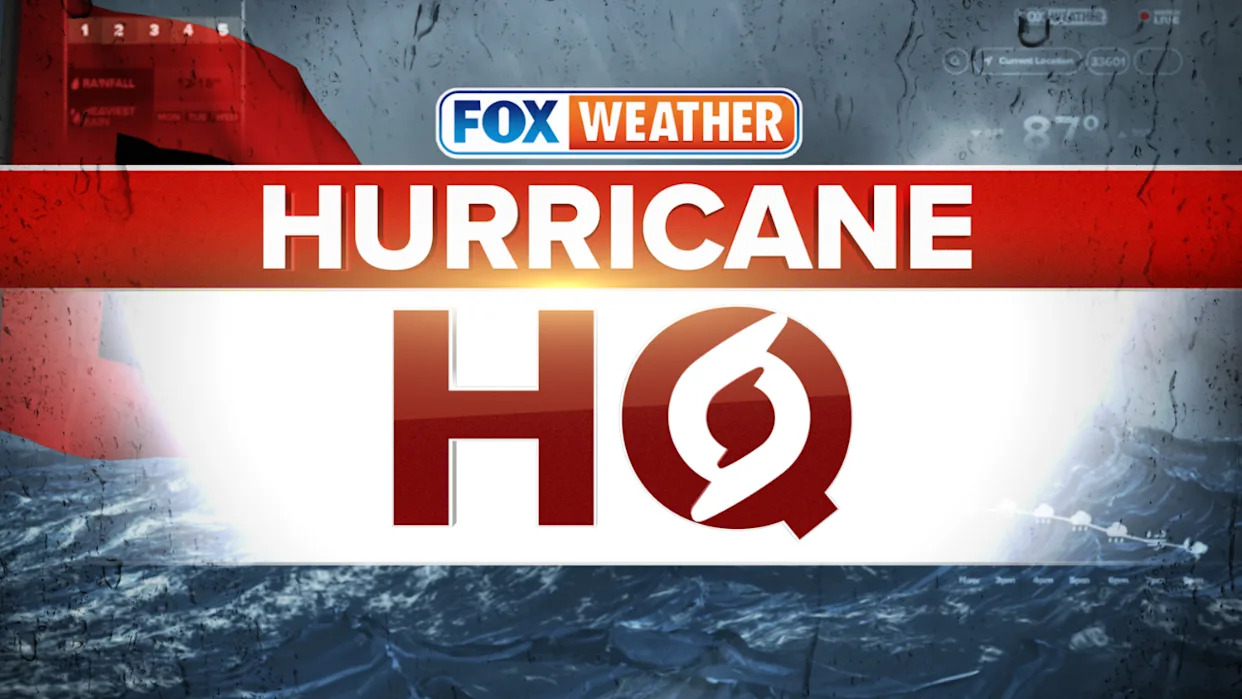
For all the new capabilities the B-21 Raider will bring as an individual aircraft, the U.S. Air Force’s top bomber officer says he is most excited about the sheer numbers of those aircraft that are set to enter service in the coming years. The Operation Midnight Hammer strikes on Iranian nuclear facilities underscored how vital existing B-2 stealth bombers are to U.S. national security, but also the inherent limitations imposed by how few of them were ever built.
Air Force Maj. Gen. Jason Armagost touched on the B-21 and related topics during an online talk that the Air & Space Forces Association’s Mitchell Institute for Aerospace Studies hosted today. Armagost is the commander of the Eighth Air Force, to which the Air Force’s current B-2, B-1, and B-52 bombers are all assigned, as well as the officer in charge of the Joint-Global Strike Operations Center (J-GSOC) at Barksdale Air Force Base in Louisiana.
At present, the Air Force plans to acquire at least 100 B-21s, but senior U.S. military officials have been increasingly advocating for a fleet of 145 of the bombers. A single pre-production Raider is now in flight testing, with a second expected to join it soon. At least four other B-21s are in various stages of production, and a number of non-flying airframes are being used to support ongoing test work. The Raider is expected to eventually replace the Air Force’s current fleet of 19 B-2 bombers, as well as its more than 40 remaining B-1s.
“So, the B-21, … it’s in flight test now, it’s a phenomenal capability,” Armagost said today. In “the job prior to this … I was interacting with acquisition, RCO [Air Force Rapid Capabilities Office], and Northrop Grumman in how we work together to drive the concepts, drive the requirements, drive the fielding and the manufacture, actually, of this airplane, so that it can become something different when we have it in numbers.”
“That’s what I’m most excited about,” he continued. “Sixth-generation stealth brings with it, it brings its own set of pretty amazing capabilities, but what I’m most excited about is the ability to build a campaign force.”
In addition to its advanced broadband low-observable (stealthy) characteristics, the B-21 is expected to have an extremely long unrefueled range enabled by a highly efficient airframe optimized for high-altitude flight and advanced engines. This will notably impact the demand for aerial refueling tanker support during operations.
As TWZ often points out, the B-21 will really be more than just a bomber with its extensive suite of networking, battle management, electronic warfare, and intelligence, surveillance, and reconnaissance (ISR) capabilities. The Raider could act as an aerial controller for uncrewed platforms in the future, too.
The B-21 is smaller than the existing B-2, and will carry less ordnance per sortie as a result. The Raider is also not exquisite in all ways, with the design understood to be a balance between proven technology, as well as evolutionary and revolutionary developments, to create a capable platform that is affordable and sustainable. Keeping to schedule and cost targets has been a central focus of the program from the beginning.

“If we get our numerical force build-out correct, which is always going to be a thing we have to be concerned about, we can build a campaign tempo. We can build diversity of munitions and options for attack. We can build out a range of capabilities that not only hold one theater at risk in conflict, but can be a ready force available if there’s … [other] things that are taking place around the globe,” he explained. “I think it really does involve a diverse set of capabilities that are able to access contested or denied space together in different ways. And actually, the different ways piece is very important, and it requires adversaries to rethink their investments or be punished for the investments they have made, and how they try and deny airspace or deny our access to an airspace.”
As part of this discussion, Armagost briefly highlighted the forthcoming F-47 sixth-generation stealth fighter as another important component of that future “campaign force.” The B-21 is itself just one part of a larger Long-Range Strike (LRS) family of systems, details about which remain heavily classified, as you can learn more about here. The best known other element of the LRS ecosystem is the still-in-development nuclear-armed and stealthy Long Range Stand Off (LRSO) cruise missile.

Armagost also used Operation Midnight Hammer as a real-world metric for the scale and scope of future missions he is envisioning.
“We got a lot of attention, I would say, for seven [B-2] aircraft, 14 aviators, flying a global power mission for hours and hours, right? But what goes past that is that there were 125 aircraft involved in that [Operation Midnight Hammer]. There was a global push to really make that happen in a way that showed we can access in ways that are surprising and interesting,” he said. “All of that tracks into that moment where that [deeply buried hardened targets like Iran’s nuclear facilities] can be now held at risk with assurance, with real predictability. And so it does go beyond that kind of, that flash moment of 14 aviators and seven airplanes, in that case, back to the system that is built that makes that possible. It really does involve a system of systems, and we can’t assume that that is going to be a given.”

To reiterate, the Air Force has 19 B-2s, so seven of them represent just over a third of the entire fleet. That number also doesn’t include the B-2s that flew out in the Pacific as part of an elaborate deception effort to support the operation against Iran, or spares set aside in case any of the bombers had to abort after launch. In general, the B-2 fleet is also notoriously maintenance-intensive, and not all of them are ever available for operational taskings at any one time. TWZ‘s Tyler Rogoway previously highlighted how almost the entire available B-2 force was committed to Operation Midnight Hammer.
Nearly the entire available B-2 fleet was used in this gambit, if you factor in the decoys in the Pacific (were actually there?). A portion of the tiny fleet is down for maintenance or in depot at any given time, although they had time to ready what they could. One test jet etc.
— Tyler Rogoway (@Aviation_Intel) June 22, 2025
During the talk today, Armagost further highlighted the small size of the B-2 fleet and acknowledged questions about the Air Force’s current ability to execute missions like Midnight Hammer at any appreciable tempo, as well as the potential risks this raises, especially when it comes to nuclear deterrence. In addition to the unique conventional strike capability the B-2 offers, especially when paired with 30,000-pound GBU-57/B Massive Ordnance Penetrator (MOP) bunker busters, which were first employed operationally in the strikes on Iran, the bombers are a key component of America’s nuclear arsenal.
“It’s somewhat miraculous to me, actually, that we even have 19 B-2s at this point, because, you think about when that airplane was fielded, and in the [post-Cold War] ‘peace dividend’ that could have gone to zero very easily,” he said. “The original plan was for 132 B-2s to ultimately replace the B-52. Clearly, that didn’t happen, and the fact that we have 19 was again, somewhat of a minor miracle.”
It should be noted here that the Air Force originally expected to buy 165 aircraft as part of the Advanced Technology Bomber (ATB) program, which led to the B-2, before that number shrank first to 132, and then down to just 21. The current fleet of 19 reflects the total loss of two of the bombers in separate mishaps in 2008 and 2022.
“My position as [head of] the numbered Air Force for bombers, right, is, I can never assume that any single strike is going to be enough,” Armagost continued. “Many might imagine we would get to inhale a little bit on June 23 [after Operation Midnight Hammer], and that was not the case, right? We had to be ready for what was the next question to be asked, or what was the next problem to be confronted.”
“In this specific case, it resulted in a ceasefire about 30 hours after the strike,” he noted. “You can’t count on that, though.”
In particular, sustaining B-2 combat operations in the Pacific during any future high-end fight with China would be very challenging. A much larger fleet of B-21s will allow for great overall flexibility, including for supporting a more persistent forward presence, if needed, as well as less predictability. Expected greater reliability and lower maintenance and sustainment demands will also help contribute to a higher operational tempo for the Raider.

Speaking more broadly, and in the context of potentially being called upon to execute nuclear strikes, “you have to be able to operate on the worst day that the world has ever seen, not even just our nation has ever seen, but the worst day the world has ever seen,” the Eighth Air Force Commander explained. “We have to be able to operate, because if we can’t, then that calls into question our very ability to deter.”
Armagost took this opportunity to also underscore his view of the importance of “organic kill chains,” which is to say his command’s ability to execute missions in a highly independent manner if required, especially due to any loss of connections with various critical networks.
“On the worst day ever, where there’s been attacks in space or [an] electromagnetic pulse, where communications or GPS, for example, are denied, it is not optional for a nuclear-capable bomber to get to a target and hold it at risk. So you have to have, inherent to the systems on the airplane, the ability to know where you are, know kind of your status, and your ability to command and control and communicate,” he said. “Any resilience you gain from the long-range kill chain or long-range nuclear command and control communications is a bonus, and it actually increases your ability to deter.”
As it stands now, the Air Force’s goal is for the B-21 to begin entering operational service before the end of the decade. Ellsworth Air Force Base in South Dakota is set to be the first operational Raider base, with the new bombers replacing B-1s stationed there now. At least a portion of the pre-production B-21 test fleet could form part of this initial operational force. The operational B-2 fleet also includes a number of aircraft originally built as test jets.

In the meantime, the Air Force’s top officer in charge of the service’s bomber fleets is already eager to begin reaping the benefits that the Raider fleet will bring, including just by virtue of its overall size.
Contact the author: [email protected]






Comments